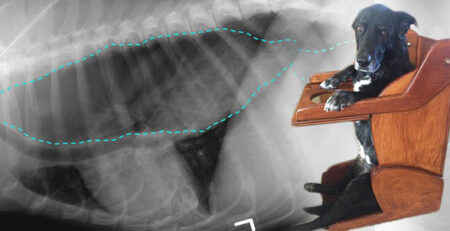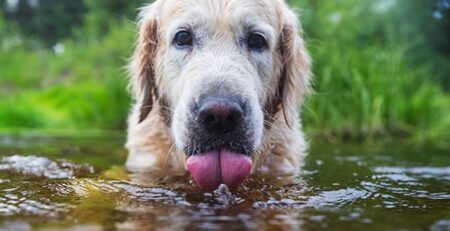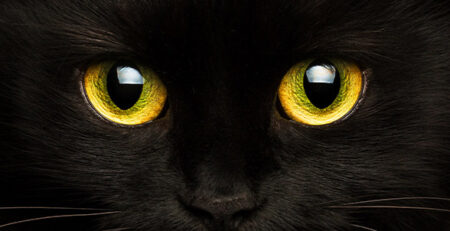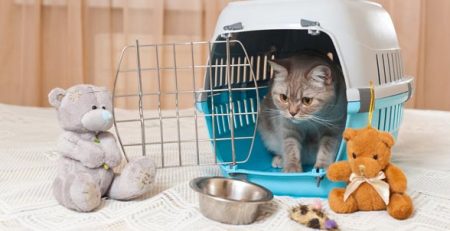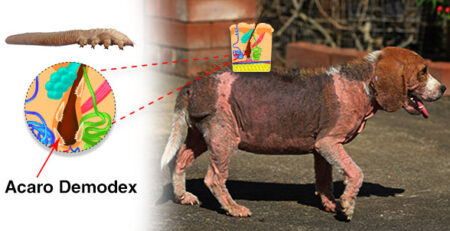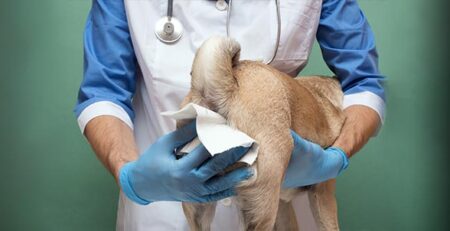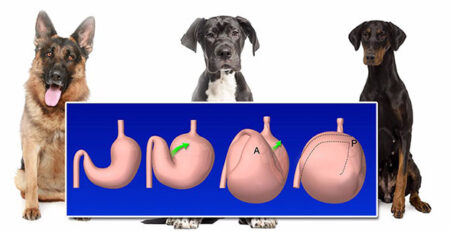WHAT IF I TOLD YOU THAT YOUR CAT’S STERILIZATION WILL GUARANTEE PEACEFUL AND BLISSFUL SLEEP FOR YOU AND HER?
Spaying a female cat is a choice that has medical and behavioral benefits and protects her health.
If your cat is between 5 and 9 months old and has suddenly begun to emit meows and vocalizations day and night (much to the chagrin of your rest) to lift her rump, rubbing everywhere and rolling around nonstop…well, yes: know that she is in heat.
The reproductive cycle of each female cat is characterized by polyestrality, that is, the manifestation of multiple estrous cycles that follow one another on a regular basis from February to October.
This is because the cat has an induced ovulation cycle i.e., her ovulation is caused by the sexual act.
Therefore, from the time the first “heats” begin, if they are not followed by mating with the male, the ovaries remain perpetually or almost perpetually in an active pre-ovulatory phase.
SO MANY HEATS, SO MANY HORMONES. SO MANY HORMONES, SO MANY RISKS.
The direct consequence of so much heat is a “hormone bombardment” that mainly affects the uterus, breasts, and bone marrow in addition to all other tissues and organs.
This continuous production of hormones can lead to the onset of serious diseases.
- inflammations
- Uterine and breast degeneration and tumors
- anemias
- diabetes
- liver damage
Remember that spay/neuter should always be arranged with your veterinarian: consulting him or her will help you make an informed decision to protect your cat’s health and well-being.
THE CAT’S ESTROUS CYCLE
The estrous cycle includes five phases: proestrus, oestrus, interestro, diestrus, and anestrus
Proestrus: This is the first phase of the cycle and is when the female cat attracts the male despite not being sexually receptive. It coincides with the growth of follicles and the increase in circulating estrogen.
Oestrus: this is the stage of sexual receptivity and thus mating. The external genitalia may show slight redness associated with increased volume of the vulva, but there is no blood loss.
Mating: the female cat, having finished mating, turns around and attacks the male.
This happens because the male’s penis is covered with short, sharp spines and when it retracts, it scratches the walls of the female’s vagina, causing her intense pain.
The severe pain the cat experiences initiates the ovulation process. This mechanism allows male spermatozoa to meet female oocytes.
Interestrus: represents an interval of sexual inactivity interposed between peaks of follicular function. It is characterized by low estrogen and progesterone concentrations. At the end of the interestro there is a new proestrus.
Diestrus: If ovulation occurs during oestrus, a period of diestrus follows. If fertilization has not occurred, pseudopregnancy may also result. On the other hand, if the mating was fertile, after ovulation there will be actual pregnancy. II diestrus, during the breeding season, is followed by a new proestrus.
Anestrus: is the period of sexual rest. At this stage, the cat is sexually inactive and nonreceptive.
WHAT CAT STERILIZATION OR OVARIECTOMY CONSISTS OF
Female cat sterilization surgery is called an ovariectomy and involves removal of both ovaries and in some cases the uterus and cervix.
The surgery prevents the occurrence of disease in the ovaries (ovarian cysts and neoplasms) and in the uterus (infections, bleeding, ruptures, and neoplasms).
There is also a marked reduction in the risk of contracting mammary tumors, which are usually malignant in female cats.
Spaying the cat drastically reduces her tendency to wander during the heat period and also results in a significant reduction in urinary marking behavior.
Reducing the mating tendency results in a consequent decrease in the risk of contracting often fatal diseases such as
FIV
(feline immunodeficiency virus, which attacks the feline immune system, impairing its effectiveness) or
FeLV
(feline leukemia virus, which causes one of the most serious diseases that can affect cats).
Transmission of these viruses occurs either sexually or by contact with bodily fluids from infected cats.
In female cats, the risk of going into urinary incontinence problems is generally not found (unlike in the case of spaying female dogs).
With this in mind, it is understandable why spayed female cats have a longer and less disease burdened existence than that of female cats who have not undergone the sterilization procedure.
CAT’S POST-NEUTERING AND METABOLISM: DON’T WORRY, YOU JUST NEED A LITTLE ATTENTION
Once she is brought home, let her rest in the carrier, preferably in a small room, with the litter box available and in total peace and quiet so she can work off the after-effects of anesthesia.
After surgery, immune defenses drop, so do not expose kitty to contact with other potentially sick cats.
A little swelling of the wound is preventable.
Partly it is due to the reaction of the stitches, partly it is due to the cat’s movements, and partly it is due to licking: cats’ tongues are rough, and repeated passage over the wound (which, of course, itches during healing) causes redness and swelling.
If your cat licks the wound so much, since you cannot put gauze or bandages on the ‘abdomen because it will tear them off, you can try putting a baby onesie on her.
And again, with ovarian removal the metabolism slows down, but with proper and balanced nutrition you can keep the cat’s weight under control and prevent her from gaining weight.
PHARMACOLOGICAL STERILIZATION
There is also the possibility of blocking a cat’s heat by pharmacological means: this technique involves the administration of progestin drugs (compounds with progesterone-like activity) that nullify the action of estrogen, which is responsible for heat.
This is not recommended because it has been shown to greatly increase the risks of uterine infections(pyometra) and those of developing breast cancer.
The Staff of La Veterinaria Clinic is available to you for visits and consultations: contact us to schedule an appointment with the veterinary doctors on our staff.
We would also like to remind you that Clinica La Veterinaria is always open h24 every day including holidays and with First Aid service from 8 pm to 8 am.
For the joy of seeing them happy.



